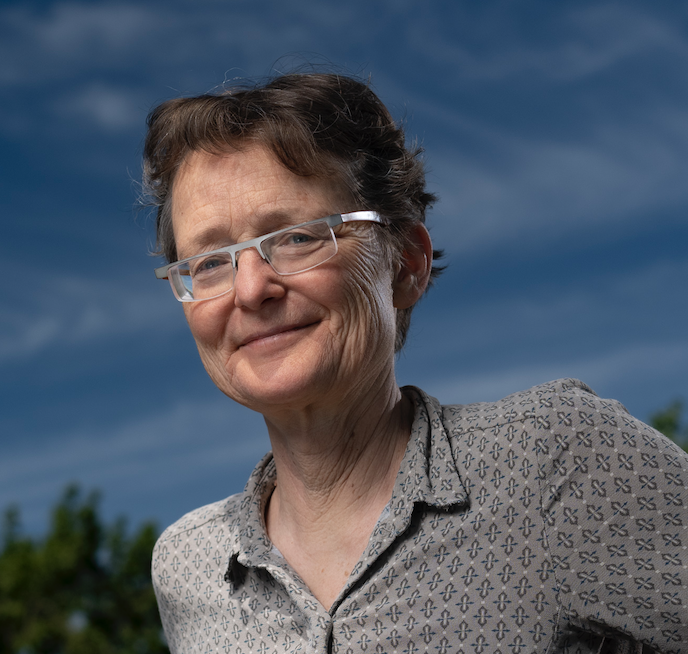Most of the research in my group evolves around the use of TROPOMI and other satellite instruments focusing on methane, carbon monoxide and to some extent carbon dioxide.
For methane a large part of our research focuses on so-called super emitters (SEs), highly emitting localised sources of methane such as huge leaks from oil and gas infrastructure. Based on TROPOMI detections of SEs we tip other satellites that can then zoom-in and determine the exact source of the leak. This tip-and-cue approach is also used by the United Nations International Methane Emission Observatory (IMEO) as the basis for their Methane Alert Response System (MARS). SRON therefore is a key partner to IMEO MARS. IMEO notifies companies and governments of any detected and identified 'leak' and supports them in their mitigation activities. The TROPOMI-based methane SE detections are now provided on a weekly basis through the Copernicus Atmospheric Monitoring Service (CAMS) Methane Hot Spot service.
Another research topic in the group is the study of the effect of fires on air pollution, and the interplay of fires with climate change. Climate change contributes among other effects, to more extreme fires leading to increased emissions, which in turn feedback into exacerbating climate change. In addition, we also study the effect of agricultural burning in areas that suffer from extreme air pollution conditions. This type of burning close to urban centers can pose serious health risks and contribute to regional haze and visibility reduction. One of the key gases emitted by fires is carbon monoxide (CO) which we can measure really well with TROPOMI. In addition, CO can be used as a proxy for greenhouse gases like carbon dioxide (CO2) which provides a means to estimate CO2 emissions from fires worldwide.
